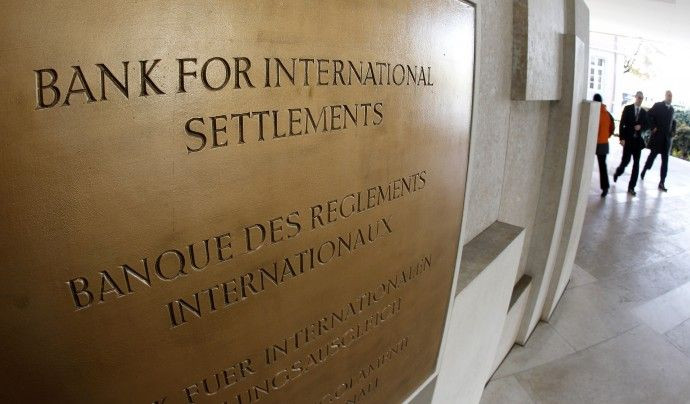Market doesn't really fear uncontrolled U.S. inflation: BIS study

The Bank for International Settlements (BIS), an organization that plays a key role in setting capital requirement rules for international banks, released a study recently about the inflation risk premium of the United States and the euro zone.
Inflation risk premium is defined as how much investors demand to be paid for taking on the risk of uncontrolled inflation.
Background
The BIS researchers measured inflation risk premium by taking the difference between the yield of regular long-term government bonds and those of comparable inflation-linked bonds. Inflation-linked bonds increase their payments as consumer inflation rises, so the degree to which their yields are lower than comparable regular bonds -- called the break-even inflation rate -- betrays the market's expectation about inflation.
The break-even inflation rate isn't only the market's prediction of future inflation level, especially for longer-term bonds. Rather, it also measures how much the market demands to be compensated for the perceived risk of inflation, or the inflation risk premium.
Results
For both the U.S. and euro zone, the study found the inflation risk premium as relatively small, positive, and increasing in maturity. This means inflation is expected to be positive, the risks of uncontrolled inflation are relatively low, and those risks increase for longer time horizons.
So despite the expansion of the Federal Reserve's balance sheet (and the huge run-up in gold prices), the market isn't too concerned about uncontrolled inflation, even for the medium- or long-term.
Currently, the U.S. break-even inflation is around 2 percent for long-term maturities, which is hardly cause for alarm, even though it has been ticking up ever since the Fed first signaled its intent to carry out a second round of quantitative easing (QE2). In past years, the U.S. break-even inflation was below 3 percent.
The BIS researchers found realized inflation and the output gap are the main drivers of inflation risk premium. Realized inflation tends to drive short-term fluctuations while changes in output gap drive broader movements.
Output gap is the actual output of the economy, the GDP, minus the potential output of the economy, or potential GDP. Potential GDP is the highest level of output that can be sustained for the long-term. A rising output gap signals inflation because the economy's demand is seen as outstripping the supply.
Perhaps the most interesting finding of the study is that positive output shocks tend to increase the inflation risk premium in the U.S. while decreasing it in the euro zone.
The BIS said in the euro zone, the inflation risk premium drop could reflect investors' tendency to take more risks in general -- including inflation risks -- during economic expansions.
For the U.S., the BIS said the inflation risk premium increase could reflect perceptions of
a higher risk of inflation surprises on the upside as the output gap widens.
One interpretation is that market participants think European monetary authorities can better manage positive output shocks than their U.S. counterparts.
The BIS said inflation risk premium provides information about the credibility of the central bank's commitment to maintaining price stability.
Email Hao Li at hao.li@ibtimes.com
© Copyright IBTimes 2024. All rights reserved.





















